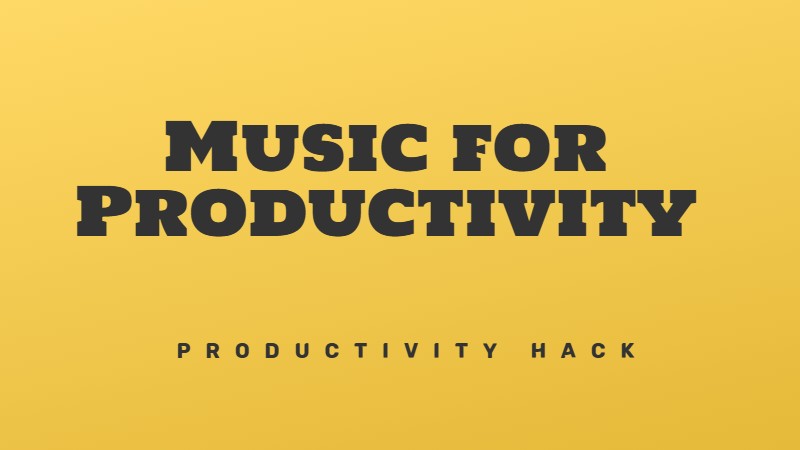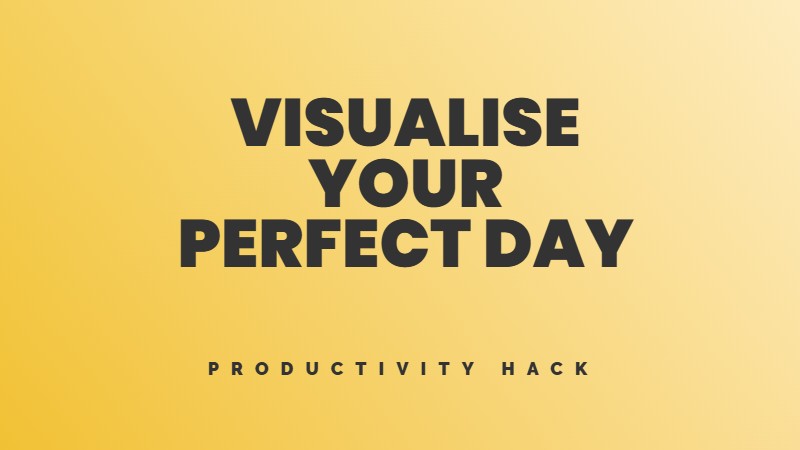The meeting ran long. My phone buzzed. I checked it under the table.
Was this distraction caused by the notification (external) or my boredom (internal)? Was I planning to check messages at this time (traction) or was this an unplanned detour (distraction)?
These questions form the backbone of the Indistractable Grid—a deceptively simple tool that changed how I understand my attention. Before using this method, I blamed technology for my scattered focus. After tracking my activities across the four-square matrix for just one day, I saw the truth: my phone wasn’t the problem. My relationship with discomfort was.
While we battle notifications and feeds, our biggest distractions come from within.
Map your focus thieves and win back your attention
Want to know what steals your attention? The Indistractable Grid gives you a clear map. This simple tool from Nir Eyal’s book Indistractable helps you spot exactly when and why you get pulled off track.
What makes this method work
The power of this method lies in its simplicity. You track your activities across four categories to see patterns in your behavior.
How to build your grid
1. Draw your grid
Draw a basic four-square grid on paper. Label the columns “Traction” and “Distraction.” Label the rows “Internal Triggers” and “External Triggers.”

You can instead create an outline or a mind map if that’s more your thing.

2. Track everything for one day
Record your activities in the right squares based on:
For example:
3. Find your patterns
After a day, look at which squares hold most of your activities. This reveals your main focus challenges:
Examples From Each Square
Traction/Internal Triggers
Traction/External Triggers
Distraction/Internal Triggers
Distraction/External Triggers
What your results tell you
If most activities fall under “Distraction/Internal Triggers”
You need better strategies to handle emotions like boredom, anxiety, or fatigue. Try:
If most activities fall under “Distraction/External Triggers”
Your environment needs restructuring. Try:
If you have few “Traction” activities
You need clearer plans for your time. Try:
How to fix your schedule based your results
For internal trigger problems
For external trigger problems
For unclear traction
Turn this into a monthly habit
Do this exercise once a month to spot changes in your patterns. Set a calendar reminder to:
This 20-minute practice will show you exactly where your time goes and why. Each week, you’ll gain more control over your attention.
Beyond the grid
The grid is just the start. Once you know your patterns:
The path to becoming indistractable starts with awareness. This grid method gives you that critical first step.
Conclusión
The more dots you place on the grid, the clearer the map becomes. Your distractions are not random. They are a system you’ve built to avoid discomfort.
This simple tool can change your relationship with focus more than any fancy app or productivity system. Once you see your patterns clearly, they start to lose their power.
Your attention belongs to you. Take it back.




Deja tu opinión sobre esto